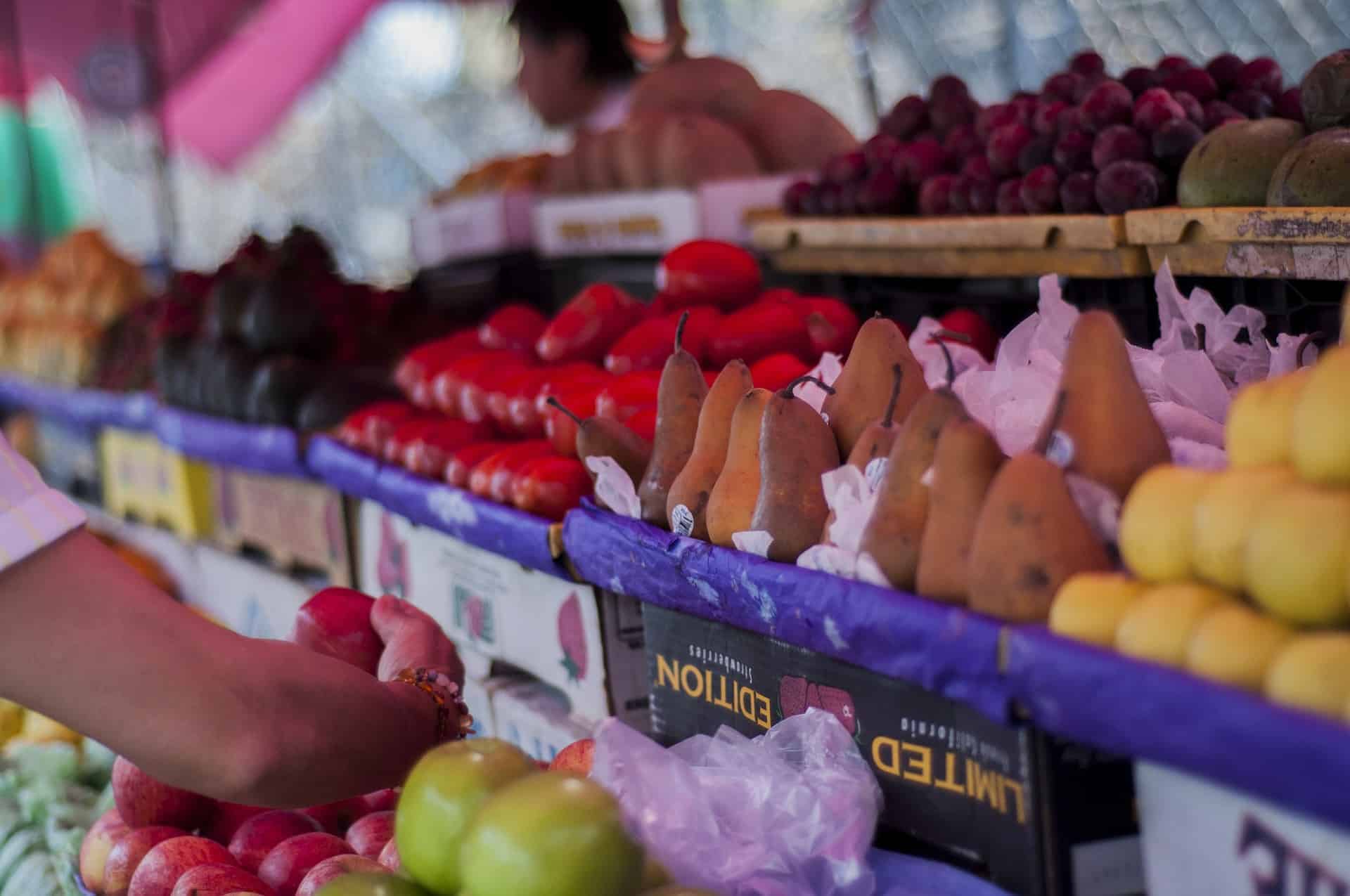Stretching the food budget
It’s no secret that food costs have increased. For some, that jump has barely registered, but for many of us, it has impacted our budgets noticeably. What has caused food prices to soar? Where does that leave those of us with tight finances? Are there alternatives to purchasing expensive fresh fruits and vegetables?
Part of the reason food costs have risen is because of the high price of oil. Large-scale farms require machinery to mechanically harvest products and the cost of transport has also increased. Climate change is another culprit, with floods, droughts, and storms in various areas destroying harvests. The low Canadian dollar is another, more recent factor. Finally, some governments have banned exports of foods, fearing shortages and ensuing political instability. Such bans mean low supply and correspondingly higher prices.
For those of us with tight budgets or on fixed incomes, higher food prices are a cause for alarm. It’s easy to sacrifice luxuries, but eating is essential. Edmonton’s Food Bank has seen a marked increase in clients due to the economic downturn, a sign that food insecurity has only gotten worse for many.
If you already budget for your food, it can be difficult to make cuts. This is of particular concern when providing for children or working with specific dietary needs.
One way to stretch your food budget is to begin (or increase) using beans to make meat dishes go further. Beans can also be used as a meat substitute. Bulk beans, in particular, are far less expensive and do well in a variety of recipes, from chilis to rice and corn mixes. It’s important to learn how to prepare dried beans as well as factor in the extra time to cook. The Internet is a useful source for recipes and helpful hints.
Another way to get around purchasing expensive fresh veggies is to purchase frozen instead. They are just as nutritious and can be stored for far longer. If frozen vegetables aren’t an option, canned is the next best thing. While not as nutritious, they are better than nothing. Buying food in bulk with several neighbours is another idea.
And let’s remember we live in Alberta and have oodles of sunshine. Many of us have access to yards or community gardens. Even in winter, it’s possible to grow things like lettuce, onions, and herbs indoors. Online tutorials abound. Indoor and outdoor container gardening is another option.
Gardening larger plots takes time. When growing root vegetables like carrots and beets, weeding, watering, and fertilizing are time-consuming necessities. If you don’t have enough time, consider sharing a garden space with someone and coming to an agreement about division of labour and upkeep.
If you decide to cut food costs by gardening, there are ways to make some of it a bit easier. Marigolds repel a variety of insects and reduce the need for commercial pesticides (which you may not want to use on food plants). The “three sisters” of squash, beans, and corn planted together provides fertilizer, shade, and a natural trellis all at once.
Depending on your likes and needs, growing your own food can stretch your budget significantly.
If it’s the actual preparation and cooking giving you trouble, the Internet is a great source of recipes, how-tos, and suggestions. Perhaps someone with canning skills may trade doing so for a share of the spoils. Many community leagues and local groups offer cooking nights where a dish is communally prepared and everyone leaves with portions to take home. Such programs benefit all residents, not to mention being a great way to generate community and wellbeing for everyone who attends.
Franki is a graduate student in counselling psychology and an active volunteer. She’s happily married to a talented acupuncturist, and mama to two fascinating miniature humans.







